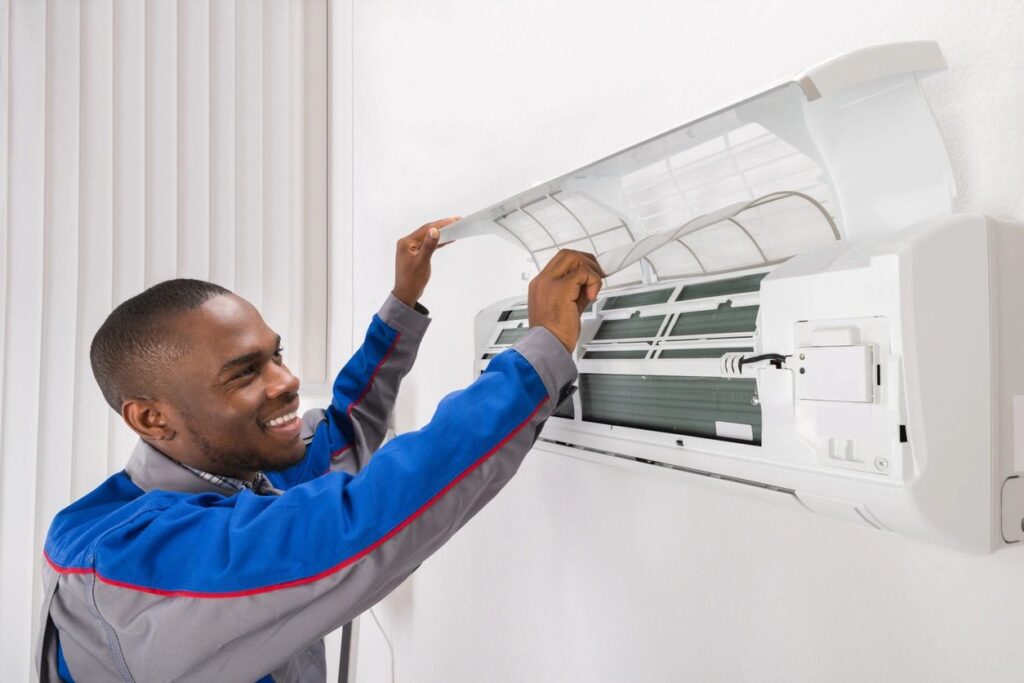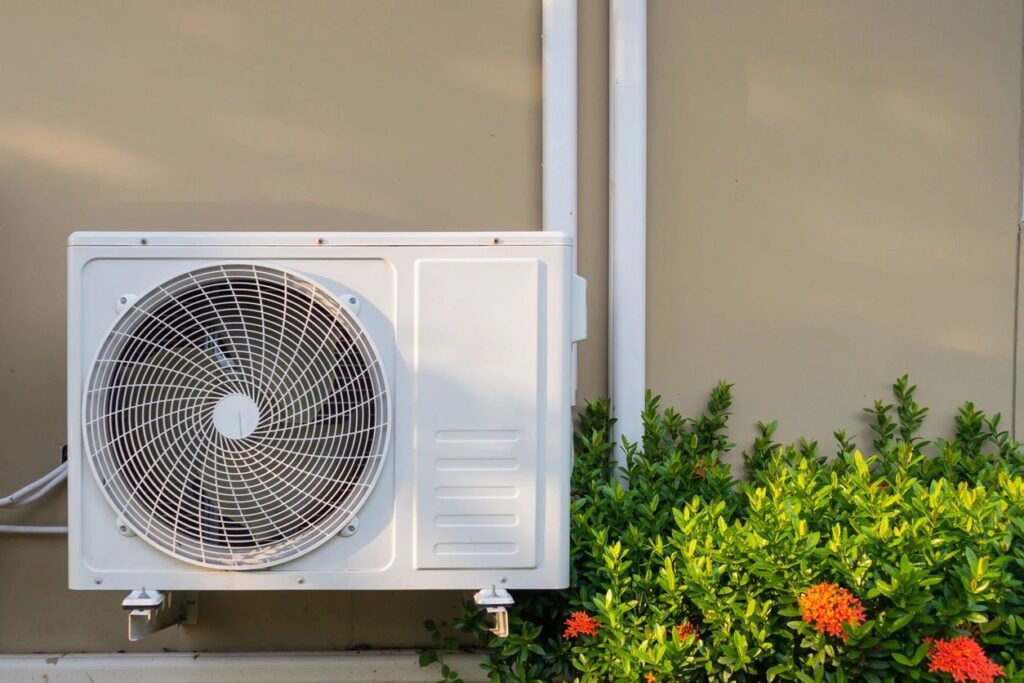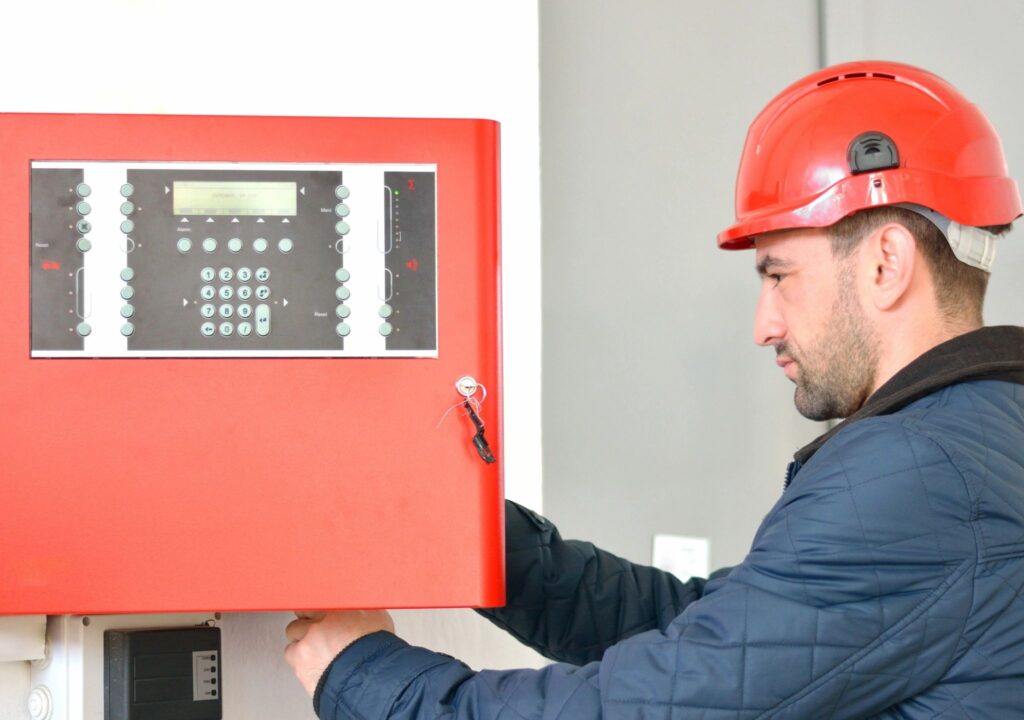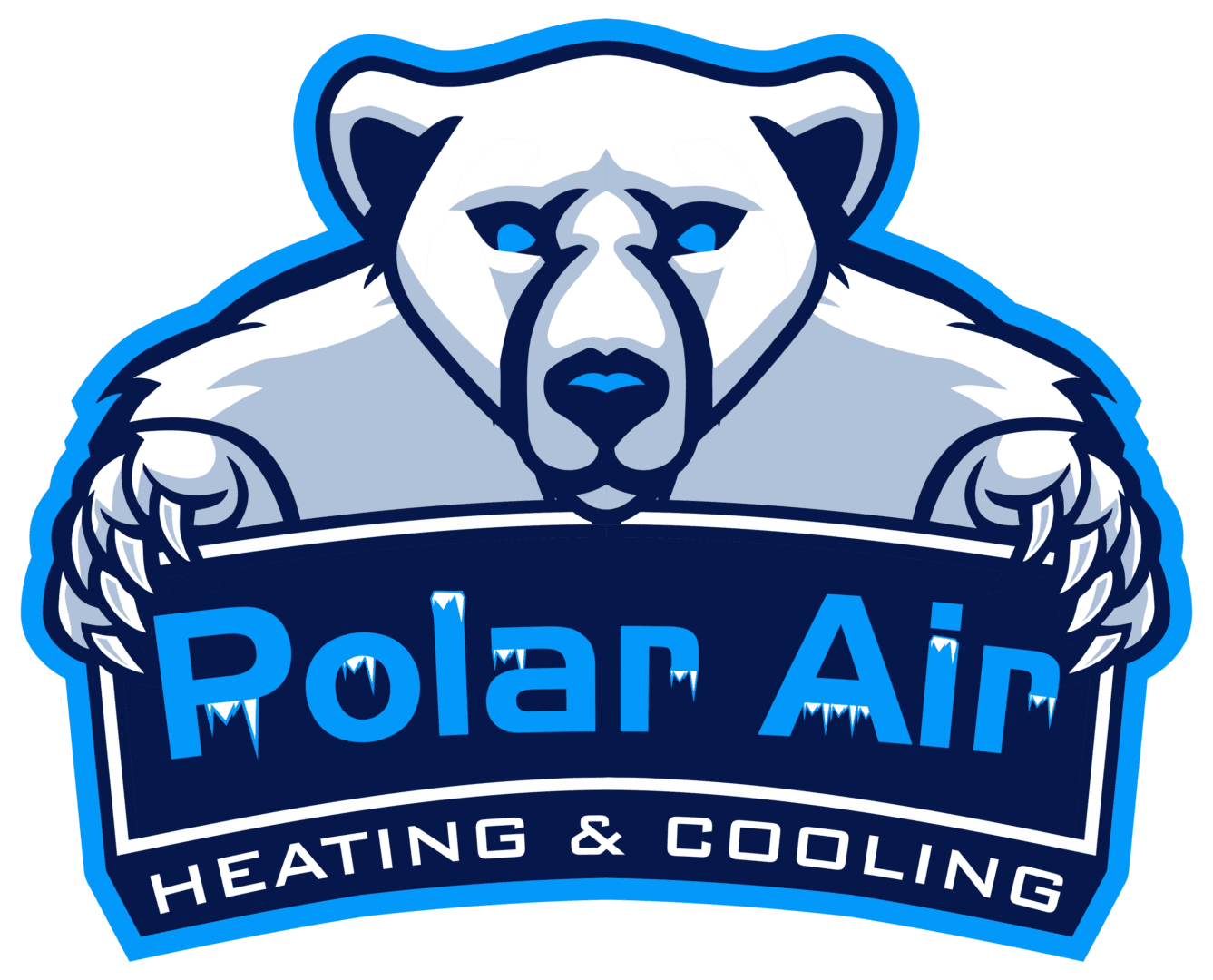Dealing with Common AC Problems: Troubleshooting and Solutions
Especially in the sweltering summer, air conditioning (AC) systems are quite necessary for keeping comfort in our homes and offices. Like any complicated system, they might, however, run across a variety of issues compromising its operation and efficiency. Fortunately, many typical AC issues may be fixed without a professional technician, therefore saving both time and money. This guide will cover the most common AC problems, their symptoms and causes, troubleshooting advice, fixes for more difficult problems, and preventative steps to keep your AC functioning as it should.
Overview of Common AC Problems
Complex systems with many components cooperating to produce cool air are air conditioning units. Included among these parts are the compressor, condenser, evaporator, refrigerant, several fans and filters. AC units’ complexity makes it not shocking that they can have a range of issues. The first step toward good troubleshooting and solutions is knowledge of these typical problems.

Components of an AC System
- Compressor: The compressor of the AC system compresses low-pressure gas into high-pressure gas while refrigerant is pumped through the system.
- Condenser Coil: This part converts the refrigerant’s absorbed heat into direction toward the outside air.
- Evaporator Coil: Found within the house, the evaporator coil collects heat from the indoor air.
- Refrigerant: This chemical component moves across the system absorbing and releasing heat to cool the air.
- Fans and Blowers: Fans and blowers move air across the indoor and outside condenser coil respectively.
Common Issues with AC Components
- Compressor Problems: May cause either inadequate cooling or total system failure.
- Condenser Coil Issues: Dirt and trash might hinder heat exchange, so lowering efficiency in the condenser coil.
- Evaporator Coil Issues: Ice accumulation on coils can reduce airflow and cooling capacity, therefore affecting evaporator coil performance.
- Refrigerant Issues: Low levels or leaks in refrigerant can seriously compromise cooling.
- Fan Problems: Fan issues can compromise air flow and lead to unequal cooling.
Common Symptoms and Causes of AC Problems
Timeliness of treatments depends on the recognition of AC issue symptoms. These are some of the most often occurring symptoms together with some possible causes:
1. Lack of Cool Air
It can be aggravating when your AC runs but not cools your room. Multiple elements can lead to this problem, including:
- Dirty Air Filters: Clogged filters limit airflow, therefore lowering the unit’s cooling capability.
- Low Refrigerant Levels: Inadequate refrigerant can stop the AC from chilling down as intended. Usually resulting from refrigerant leakage, this problem should be fixed right away.
- Faulty Compressor: The compressor moves refrigerant; if it breaks down, cooling efficiency suffers. Often this results from mechanical wear and tear or electrical problems.
2. Strange Noises
Unusual sounds from your air conditioner could point to underlying issues. Typical sounds and their sources consist in:
- Buzzing: Usually resulting from unit detritus or loose components. It can also point to electrical issues.
- Hissing: Usually indicating a refrigerant leak, hissing is Not only does refrigerant leaks compromise cooling, but they can also hurt the environment.
- Banging or Clanking: These sounds—banging or clanking—can point to a faulty or loose compressor or fan component. Often this calls for quick attention to stop more damage.
3. Water Leaks
Clearly indicative of danger is water gathering around the AC unit. Among the possible causes are:
- Clogged Drain Line: A blocked drain pipe could let water back up and leak. One can avoid this problem by regular cleaning.
- Frozen Evaporator Coil: Should the evaporator coil freeze, extra moisture and leaks may result when it thaws. Low refrigerant, inadequate airflow, or filthy coils could all lead to this.
4. Frequent Cycling
If your air conditioner switches on and off regularly, it could be from:
- Thermostat Issues: A defective thermostat can make the device cycle more frequently. Make sure the thermostat is somewhere free from heat sources and direct sunshine.
- Dirty Condenser Coils: The unit must work harder when filthy condenser coils cause regular cycling. One can avoid this by regular maintenance.
5. Weak Airflow
Your AC vents’ weak airflow could point to various problems:
- Blocked Vents or Ducts: Ductwork obstructions can limit airflow.
- Fan Problems: Weak airflow can result from a malfunctioning blower fan.
- Duct Leaks: Duct leaks in the system allow air to escape before it gets to the vents.
Troubleshooting Tips for AC Problems
There are various troubleshooting actions you can follow to handle typical AC issues before consulting a professional. Here is a methodical guide:

Clean or Replace Air Filters
One often occurring cause of decreased cooling performance is dirty air filters. Check the filters; if needed, clean or replace them. Filters should be updated every three months and examined ideally once a month.
Steps to Clean/Replace Air Filters:
- Turn off the AC unit.
- Usually found either inside the furnace or air handler cabinet or close to the return air duct, find the air filter.
- Take off the filter and look over it for trash and grime.
- Should the filter be reusable, wash it with water or run a hoover over it. Make sure it dries totally before reinserting.
- Should the filter be disposable, replace it with a fresh one of the same kind and scale.
- Back on the AC unit, look for better airflow.
2. Check Thermostat Settings
Verify that the thermostat is set in the proper mode and temperature. Should the thermostat be malfunctioning, think about either changing the unit itself or the batteries.
Steps to Check Thermostat:
- Check to be sure the thermostat is in “cool” mode and the temperature is lower than the room temperature now.
- Change the batteries if the thermostat is nonresponsive.
- Make sure the thermostat is level, neat, free of outside heat sources influence.
- Check the settings of programmable thermostats to be sure the schedule fits your cooling requirements.
3. Inspect and Clean Condenser Coils
Filthy condenser coils can restrict efficiency and airflow. Cut off the unit’s power then gently clean the coils using a soft brush or a commercial coil cleaner.
Steps to Clean Condenser Coils:
- At the disconnect box, off the power to the outside device.
- Clear any trash from the surrounds and cut any surrounding plants.
- To reveal the coils, flip the top cover or access panel.
- Carefully clean the coils with a soft brush, being sure not to harm the fins.
- Use a professional coil cleaner and let it set for advised length of time.
- Using a hose, completely rinse the coils, being careful not to create direct pressure that can bend the fins.
- Reconord the unit and turn on the power.
4. Check for Refrigerant Leaks
One frequent reason for inadequate cooling is low refrigerant levels. Look for evidence of refrigerant leakage, such oily residue surrounding the lines. If you believe there is a leak, you would be better off seeing an expert for a comprehensive check-up and fix.
Identifying Refrigerant Leaks:
- Look for evidence of oily residue or frost on the refrigerant lines.
- Listen for bubbling or hersing sounds close to the indoor evaporator coil or refrigerant pipes.
- Track cooling performance; if the unit finds it difficult to cool efficiently, a leak may be involved.
5. Clear the Drain Line
Leaks of water might result from a blocked drain line. Find the drain line then use a plumber’s snake or a wet/dry vacuum to clean any obstructions.
Steps to Clear Drain Line:
- Cut off the air conditioning system.
- Usually close to the indoor unit, find the drain line.
- Clear obstacles with a plumber’s snake or a wet/dry vacuum to gather trash.
- To assist avoid future clogs, down the drain line pour a mixture of water and vinegar.
- Get the equipment back in running order and look for leaks.
- Review the Outdoor Unit.
6. Examine the Outdoor Unit
Make sure the exterior unit runs free from obstacles and trash. To keep appropriate ventilation, cut any surrounding plants and tidy the area around the apartment.
Steps to Maintain Outdoor Unit:
- Cut off the unit’s electricity.
- Clear surrounding the unit any trash, leaves, or grass cuttings.
- Apply the described prior techniques to clean the condenser coils.
- For appropriate ventilation, make sure the unit has at least two feet of clearance all around.
- Make sure the fan blades spin free and look for damage.
Solutions for More Complex AC Problems
Although simple troubleshooting usually solves many AC problems, others may call for expert help. Handling more difficult problems follows this approach:
Refrigerant Recharge and Leak Repair
Should your AC run low on refrigerant, you may need a recharge. Besides, refrigerant line leaks have to be fixed by a qualified expert. Because refrigerant is toxic, handling it calls both knowledge and certain tools.
Steps for Professional Refrigerant Repair:
- Measuring the present refrigerant level, a professional technician will do using a refrigerant gauge.
- They will pinpoint any leaks and fix or replace the impacted parts.
- The system will be evacuated to eradicate any moisture and air.
- The expert will fill the system with the suitable quantity and kind of refrigerant to recharging.
Compressor Replacement
Your AC’s performance can be much affected by a broken compressor. Changing a compressor is a difficult work best left to professionals. Make sure you select a trustworthy AC repair specialist with background in this field.
Steps for Compressor Replacement:
- The compressor failure will be diagnosed by the technician, who will also certify the need of replacement.
- They will let the refrigerant from the system to be safely released.
- An old compressor will be taken out and a new one will be fitted.
- The system will be drained and refrigerant will be replenished inside it.
- The system will be tested by the specialist to guarantee correct running condition.
Electrical Issues
Problems with your AC unit’s electrical components—such as wiring or capacitors—call for expert intervention. Trying to solve electrical problems without appropriate knowledge might be hazardous.

Common Electrical Repairs:
- Changing malfunctioning capacitors impacting the fan motors and compressor.
- fixing broken wire to stop short circuits.
- Making sure every electrical connection is free from corrosion and secure.
Thermostat Replacement
Should troubleshooting point to a broken thermostat, think about replacing it. Modern features of smart thermostats can increase the effectiveness of your air conditioner and give better control over your indoor environment.
Steps for Thermostat Replacement:
- Cut off HVAC system power.
- Take out the old thermostat, noting the wiring connections.
- Following manufacturer directions, install the new thermostat attaching the wires to the relevant terminals.
- Get the new thermostat settings configured and restore power.
Preventing Future AC Problems
Avoiding expensive and awkward AC problems mostly depends on prevention. These maintenance guidelines can help your AC unit stay in best working order:
- Regular Maintenance Checks: Plan frequent expert technician maintenance visits. These tests should cover component inspection and cleaning, refrigerant level checking, and efficient unit operation assurance.
- Replace Air Filters Regularly: As discussed above, change or clean air filters one to three months. This easy action can greatly increase airflow and help to avoid several typical AC issues.
- Clean the Outdoor Unit: Clear the outdoor unit of trash and obstacles. Clean the surrounding area of the device often to guarantee enough clearance for correct airflow.
- Monitor Refrigerant Levels: Several AC issues might result from low refrigerant levels. During regular maintenance, have a technician check refrigerant levels and take quick care of any leaks.
- Inspect and Clean Coils: Your AC’s efficiency may be lowered by dirty coils. To keep the evaporator and condenser running as best they should be routinely cleaned.
- Check the Thermostat: Verify your thermostat is operating as it should. Replace batteries as needed; for more control over your AC system, think about switching to a programmable or smart thermostat.
- Ductwork Maintenance: Maintaining ductwork helps to guarantee no leaks or clogs. Well sealed and insulated ducts increase the AC unit’s efficiency.
Conclusion
Dealing with typical AC issues need not be intimidating. Many problems can be resolved by realizing the symptoms, knowing the causes, and applying the troubleshooting advice given without expert help. For more difficult issues, nevertheless, you should rely on seasoned experts to guarantee proper and safe repairs of your AC unit.
Preventing significant AC issues depends mostly on regular maintenance and quick troubleshooting. Your AC unit will remain functioning effectively and you will be able to enjoy a comfortable indoor atmosphere by being proactive and cleaning or replacing air filters, verifying refrigerant levels, and planning frequent maintenance visits.
Recall that a well-maintaining AC unit improves system lifetime and efficiency in addition to saving repairs costs. Thus, next time you run across an AC issue, consult this tutorial and follow the required actions to quickly fix it.
Keeping educated and proactive can help you to guarantee a hassle-free and comfortable experience with your air conditioning equipment, thereby making those hot summer days much more pleasant.
